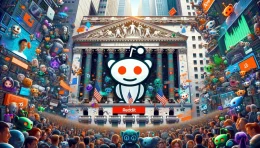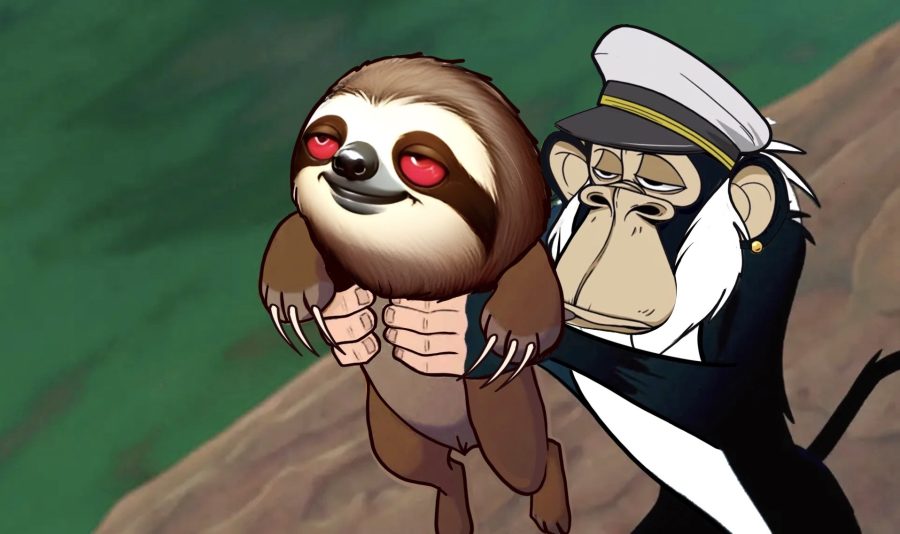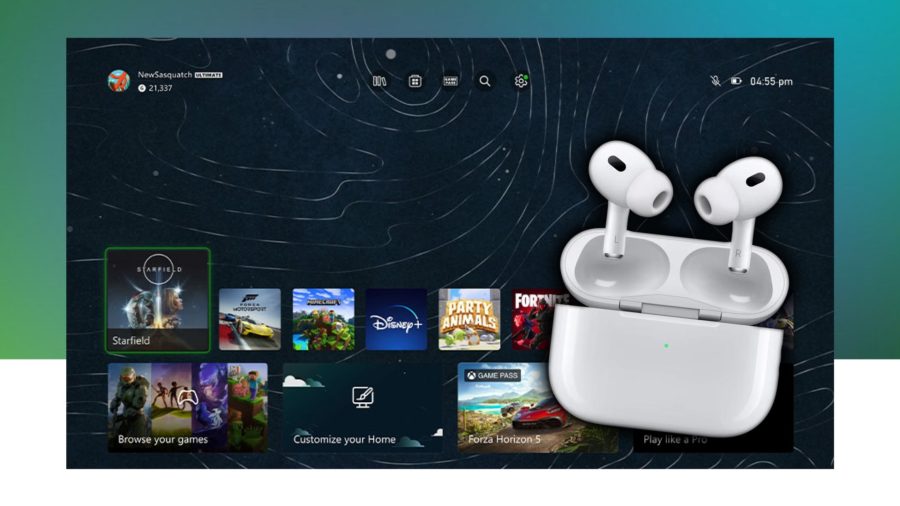I’m at the Webstock conference in Wellington, New Zealand. Currently speaking is Peter Morville, whose topic is “Ambient Findability and the Future of Search”. Peter Morville was co-author of the famous ‘polar bear’ book about Information Architecture – which was like a bible to many of us who started our careers as webmasters or designers.

The crux of Morville’s presentation was that we’re “at the crossroads of ubiquitous computing and the Internet”, but “the user experience is out of control, and findability is the real story.”
Search is still the interface of choice for Web users to navigate our way through all this information and data, but “findability” is the way forward says Morville. Currently, he says, people view the top Google results (say number 1 or 2 on page 1 for a search term) as being the most credible – and as of now this is equated by most people to findability. However there is a lot more to findability to Google search.
Findability in the Real World
Morville defines findability as “the quality of being locatable or navigable”. It’s becoming more important as information overload takes hold and mobile devices become more popular. As we’ve written about a lot on this blog, we’re in an age where “a wealth of information creates a poverty of attention” (Herbert Simon quote). We also have many more alternate interfaces to information – and this will expand well past smart phones in the future.
So what kind of products will help us achieve findability? Morville says it won’t be AI (e.g. a next gen Microsoft Bob) and he also says it won’t be visualization technologies (something that perhaps our own Charles Knight might disagree with!). Although he says eventually visualization may play a part. He says business intelligence systems show a way forward – software that find patterns. He also says librarians are important, where “metedata is sexy” – indeed, see Marshall Kirkpatrick’s post on sexy librarians!
Morville says it’s about bringing together things like tags and taxanomies, not keeping them apart. He points to sites like Etsy, where users can classify their items and tag. He says the future of search will be “a future where search and browsing work together”. He refers to a Marcia Bates article about “berrypicking”.
Examples of Future Search, Right Now
Morville picks out a number of web products that he says point to the future of search and finadability. One company he mentions is Endeca, a “guided navigation” service which he says mirrors the way our pschology works when searching for information. Buzzillions is another app Morville highlights, which again provides ways for people to narrow and find what they’re looking for.
Clusty is a hybrid solution, where humans design the taxonomy but there are automated algorithms to categorize.
Google, says Morville, “is really struggling”. However he also says that Universal Search is a good exploration of bringing people into Google’s algorithms – as an example a search for ‘diabetes’ guides people to different types of information.
He also mentions Flickr‘s clustered tags.
He ends by saying they we “need a lot more innovation”. Google Book Search is an example, as is Everyzing which has searchable podcasts and interesting ways to browse it. So this is all expanding the “searchable web” – into audio, video, etc.
He also says that it won’t be limited to the digital environment – more and more physical and digital worlds being melded together. aka “Internet of Objects”.
Conclusion
In conclusion, he says we need to continue to focus on usability in this new world of findability – “but I hope we don’t stop there”.
An enlightening talk by Peter Morville and really demonstrated some of the groundbreaking web apps showing the way to the future of search. For more on these topics, subscribe to ReadWriteWeb’s network blog AltSearchEngines.





















